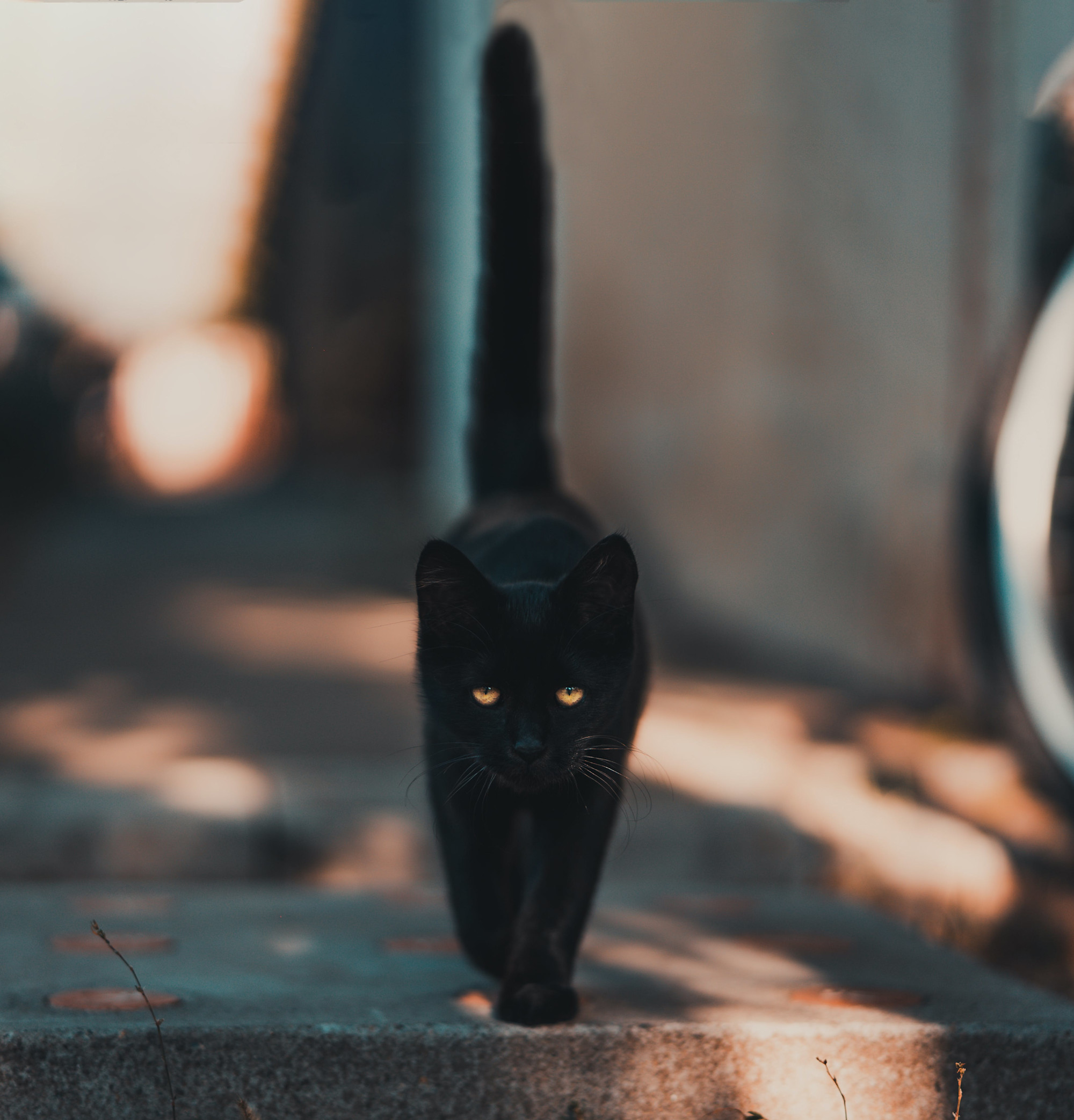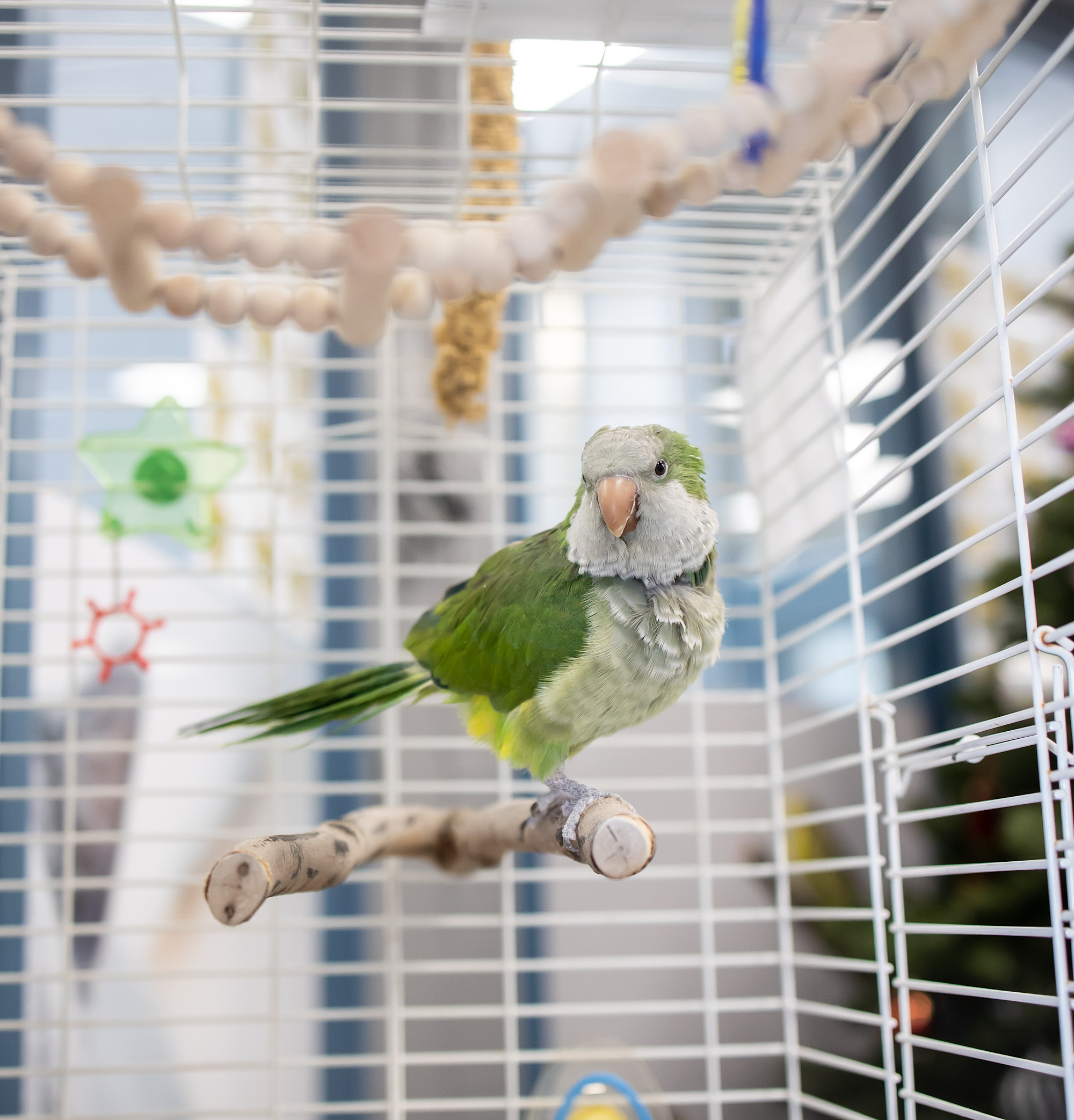Found a Pet
When people find a pet, they often aren't sure what to do. Below are some steps and useful tips to help finders get animals back home safely, or to seek out help from their local animal services provider.
File a Found Report Right Away
When you find a pet, the first and most important thing you can do is contact your local animal services provider and your local humane society to file a found pet report. This is a report with the description of the animal, the location found, and the finders information, in the event that an owner calls and can be reunited with their pet.
To file a found pet report in Waterloo Region call:
519-745-5615
To file a found pet report in Perth County or the Township of Zorra call:
519-273-6600

Found a Dog
If you see a dog wandering around on its own, chances are they’ve simply ventured away from a loving home. They likely would not have strayed too far from their home and their owner could be close by. Here are some tips you can follow to help return them home:
- Check for a collar or any identification tags. This could be a tag with a name and number, or a license tag. Your local humane society or animal services provider will be able to link the number on a license tag with the lost dog’s owner.
- Contact your local humane society or animal services provider to fill out a found animal report. They may already have a missing report from someone.
- Try searching the neighbourhood in which the lost dog was found to see if someone is looking for them or if anyone recognizes them. You could even try knocking on your neighbours’ doors if you feel comfortable doing so.
- Post a photo of the lost dog on social media along with a brief description and the area they were found.
- If you’re able to, keep the lost dog in a safe place at your home. Chances are their owner is close by.
- Put posters up in the area where the lost dog was found. Include a photo and a contact phone number.
- If you are unable to locate the lost dog’s owner and are unable to house them, contact your local humane society or animal services provider and arrange to bring the dog in. They will have scanners should the lost dog have a microchip.

Found a Cat
While finding a dog wandering on its own is normally an indicator that they’re lost, cats are a bit different. A cat outside does not necessarily mean they are lost and finders should ensure they aren’t hastily removing a cat from what could be its home neighbourhood. Here are some tips you can follow if you find a cat outdoors.
- If the cat seems healthy, leave them where they are. This may sound harsh, but chances are the cat is not actually lost and most likely has a home and owners who will be looking for them if they are picked up and taken away.
- Check for a collar and ID tags. This is a clear indicator that the cat does have a home that they will return to.
- Contact your local humane society or animal services provider to fill out a found pet report (confined cats only).
- Search the neighbourhood and ask neighbours if they are missing their cat.
- If you feel the cat needs help or is truly lost, call your local humane society or animal services provider.
- Post photos on social media along with the location found.
- Bring the cat into your local humane society or animal services provider where they can scan for a microchip and house the cat if necessary.
Important to Note for Found Cats
Cats found outside could be a community cat (feral/wild cat that lives outside and may or may not have a caretaker), an owned barn buddy or indoor/outdoor cat, or a stray cat (owned, but lost and shouldn’t be outdoors).
Each municipality states what they allow when it comes to the care of cats and if they are allowed to roam free, be outside but not leave their property, or not be allowed outside at all. For more information, please check your municipal by-laws.

Found a Kitten
Young Kittens need to be with their mother. They rely on her food and warmth. While our first instinct is to “save” kittens from the outside world, the best course of action may be to leave them where they are. Here are a few steps to consider if you find a litter of kittens.
- Assess the kittens’ health. Do they look fed and healthy? If so, leave them where they are. If they look sickly or have parasites or flies around them, gently collect them in a carrier and contact your local animal services provider, humane society or rescue.
- Monitor the kittens from a distance to see if their mom returns. Mother cats will leave their kittens for periods of time in order to search for food. If you witness a mother cat returning, leave the kittens where they are. They will be safest with their mother.
- If you’re not able to watch for their mother to return, check to see if the kittens are in a safe place. They may have wandered from their nest or hiding spot. Find a safe place close by where mom can still find them and gently place them there.
- If you have monitored the kittens for an extended period of time and there is no sign of their mother, gently collect the kittens and place them in a carrier.
- Contact your local animal services provider for the next steps you can take to best care for the kittens. You can also reach out to your local humane society or rescue.

If you see a small animal wandering around on its own, chances are they’ve simply ventured away from a loving home. They likely would not have strayed too far from their home and their owner could be close by. Here are some tips you can follow to help return them home:
- Contact your local humane society or animal services provider to fill out a found animal report. They may already have a missing report from someone.
- Try searching the neighbourhood in which the lost animal was found to see if someone is looking for them or if anyone recognizes them. You could even try knocking on your neighbours’ doors if you feel comfortable doing so.
- Post a photo of the lost animal on social media along with a brief description and the area they were found.
- If you’re able to, keep the lost animal in a safe place at your home. Chances are their owner is close by.
- Put posters up in the area where the lost animal was found. Include a photo and a contact phone number.
- If you are unable to locate the lost animal’s owner and are unable to house them, contact your local humane society or animal services provider and arrange to bring the animal in.

